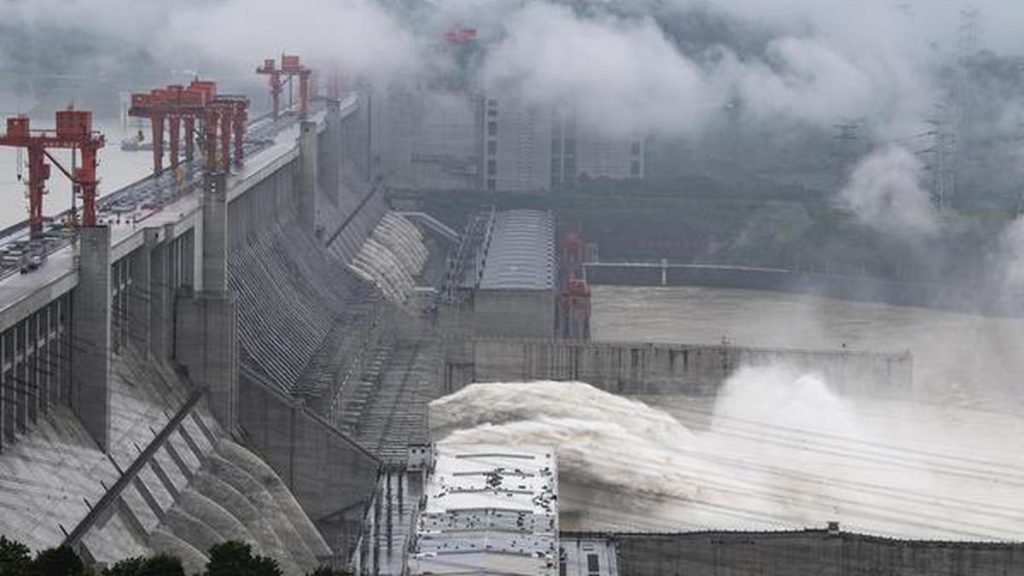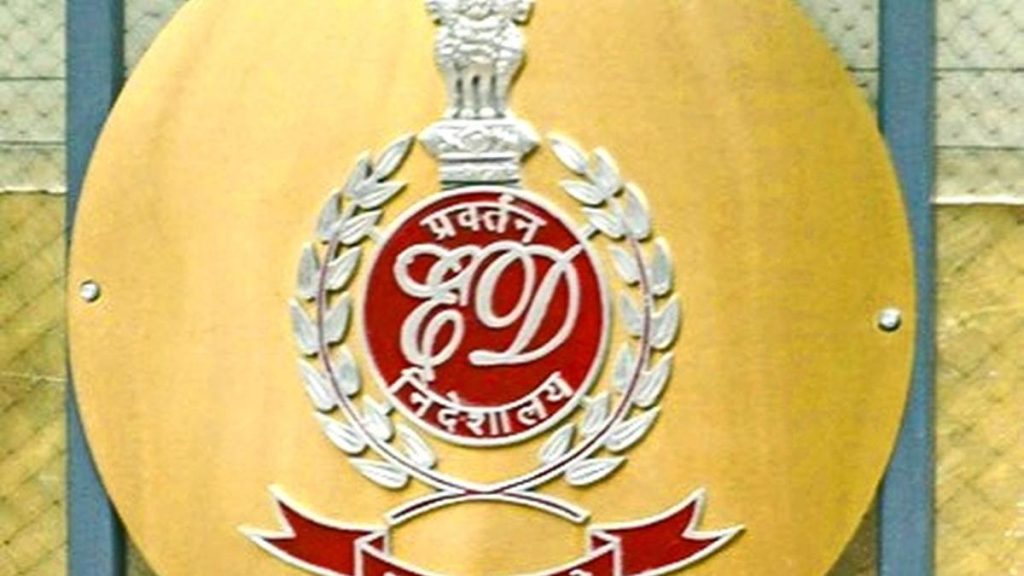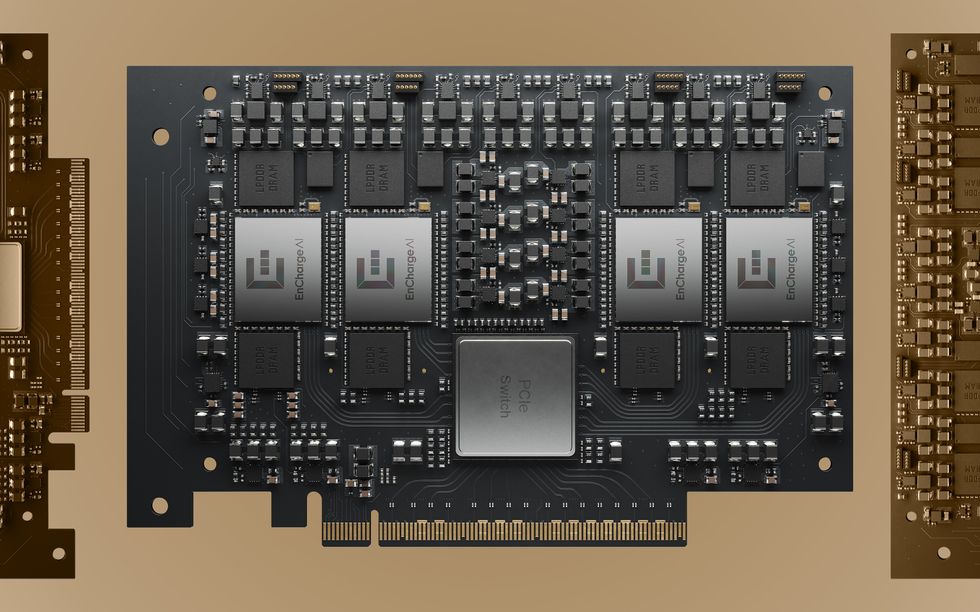Now Reading: Securing IoT: A Necessity to Prevent Future Disasters
-
01
Securing IoT: A Necessity to Prevent Future Disasters
Securing IoT: A Necessity to Prevent Future Disasters

Quick Summary
- Historical Context of Cyberattacks: Since 2015, cyberattacks have targeted critical infrastructure globally, including power grids in Ukraine (2015), a nuclear plant in Kansas (2017), the NYC subway system (2021), and Microsoft IT systems (2023). These attacks frequently enough involve state actors like Russia and China.
- Growing IoT Vulnerabilities: The number of IoT devices has grown from approximately 10 billion in 2019 to 19 billion by the end of 2024.It is expected to reach over 40 billion by 2030.Industrial IoT (IIoT) devices such as power grid controllers, medical equipment, and chemical plant valves are major targets due to their essential functions.
- Security Challenges: many IoT devices lack robust security measures as they frequently enough don’t house sensitive user data or rely on basic commands like “Open/close.” However, coordinated at-scale attacks can create meaningful physical-world damage beyond the device itself.
- Recommended Security Measures:
– Basic cybersecurity hygiene includes updating software regularly, avoiding default passwords, and validating updates via cryptographic signatures.
– Defense-in-depth strategies advocate layered systems with inner “trusted” cores for added resilience against intrusions.- Roots of Trust (RoTs) play a critical role as foundational security mechanisms within software or hardware layers.
Indian Opinion Analysis
The rapid proliferation of Internet-connected gadgets presents both opportunities for technological innovation and challenges in ensuring cybersecurity. For India-a nation increasingly reliant on digitized infrastructure-the implications are far-reaching. With industries adopting industrial IoT technologies across sectors like healthcare, manufacturing, energy distribution, and transport networks, vulnerabilities could lead to disruptions with severe economic consequences.
India must prioritize investments in secure-by-design protocols for emerging technologies alongside mandating stronger regulatory standards for device manufacturers. Moreover, India’s national cybersecurity policy should explicitly address IIoT concerns while coordinating international efforts against state-sponsored cyber threats.
As digital transformation continues accelerating domestically-through initiatives like Smart Cities Mission or health-tech expansions-the nation’s focus must shift toward embedding trustable layers into foundational tech architecture while encouraging collaboration between goverment entities and private firms targeting sustainable defense frameworks for critical infrastructure.

























